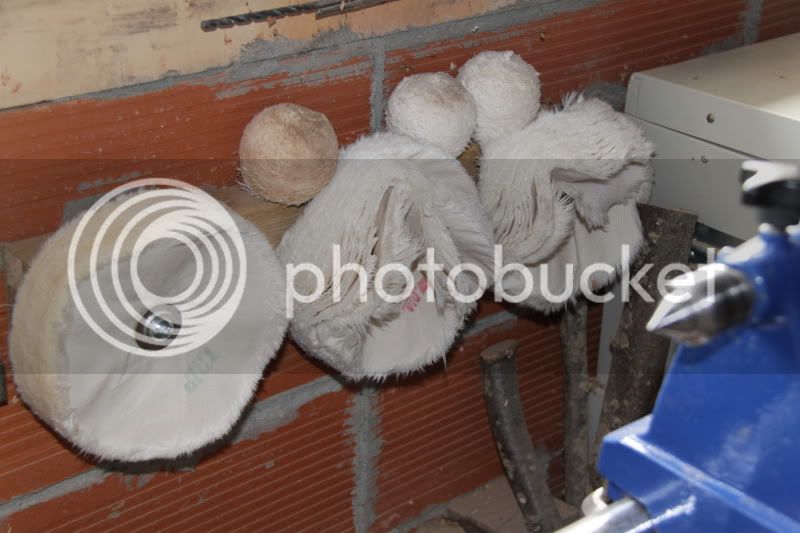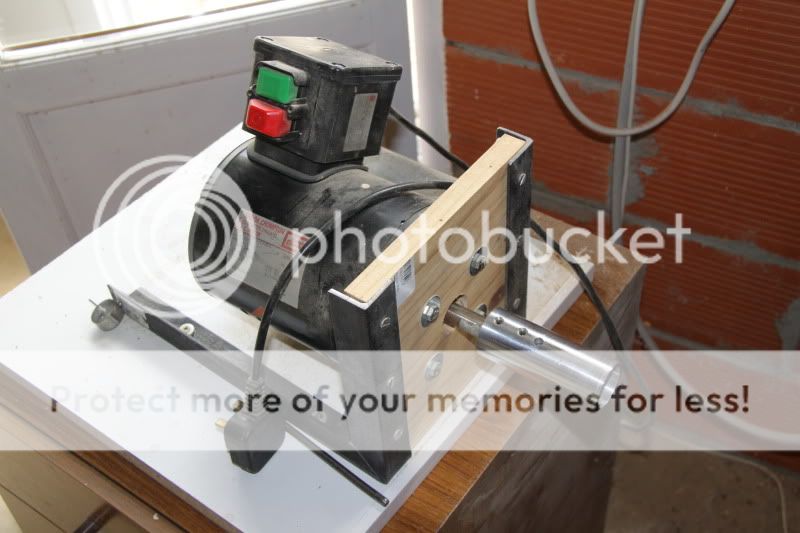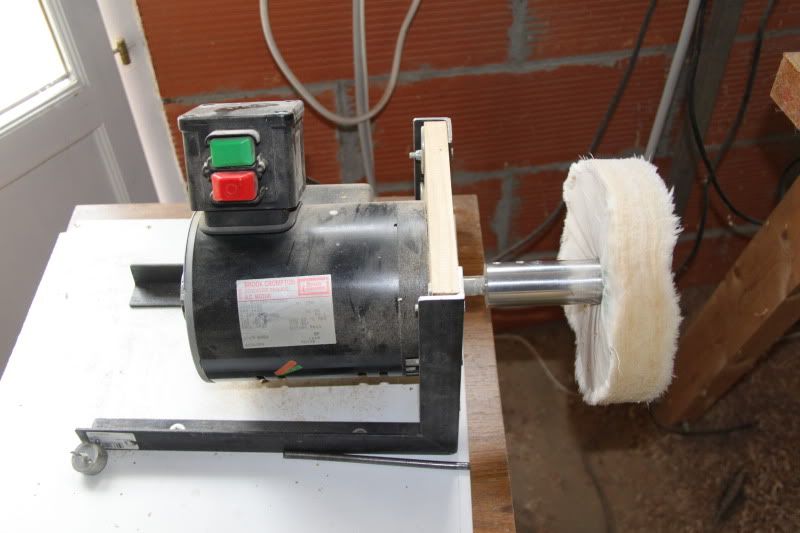boysie39
Established Member
I was wondering what way you turners that have buffing wheels set them up for useing.
I read on another forum where some have the three wheels mounted on a shaft that is
set up between centers on the lathe. Questions
What do you use and
what way do you set it up if any.
I have never used any buffing system so look fwd. to your advice.
Can finishes such as Woodwax ,Microcrystelian or whatever be applied with buffing wheels .
How to get the best results with buffing wheels :?: :?: .
I read on another forum where some have the three wheels mounted on a shaft that is
set up between centers on the lathe. Questions
What do you use and
what way do you set it up if any.
I have never used any buffing system so look fwd. to your advice.
Can finishes such as Woodwax ,Microcrystelian or whatever be applied with buffing wheels .
How to get the best results with buffing wheels :?: :?: .







































